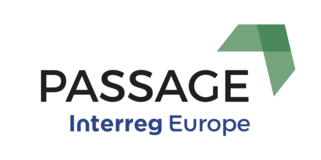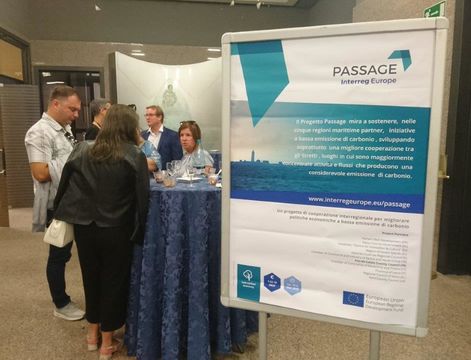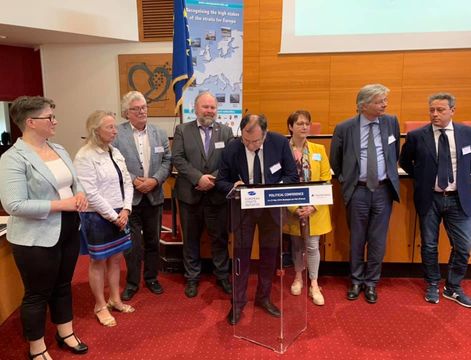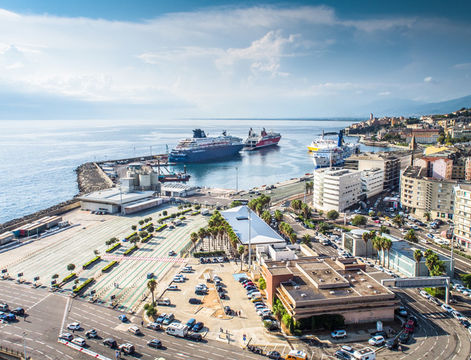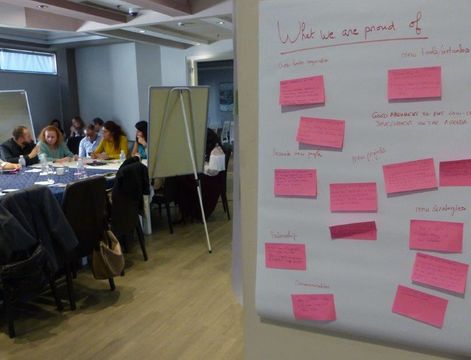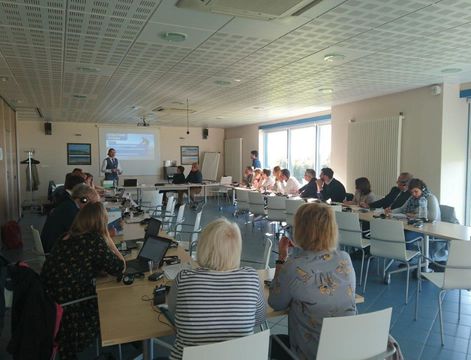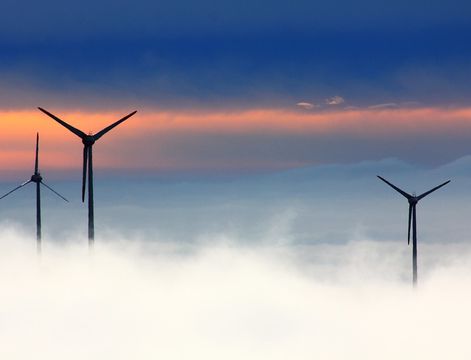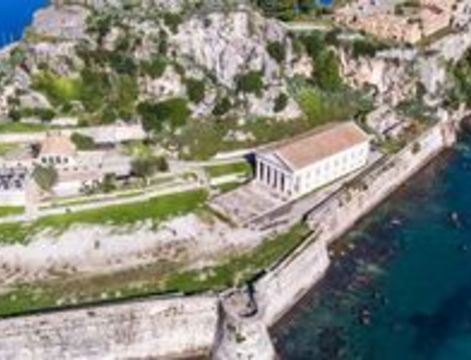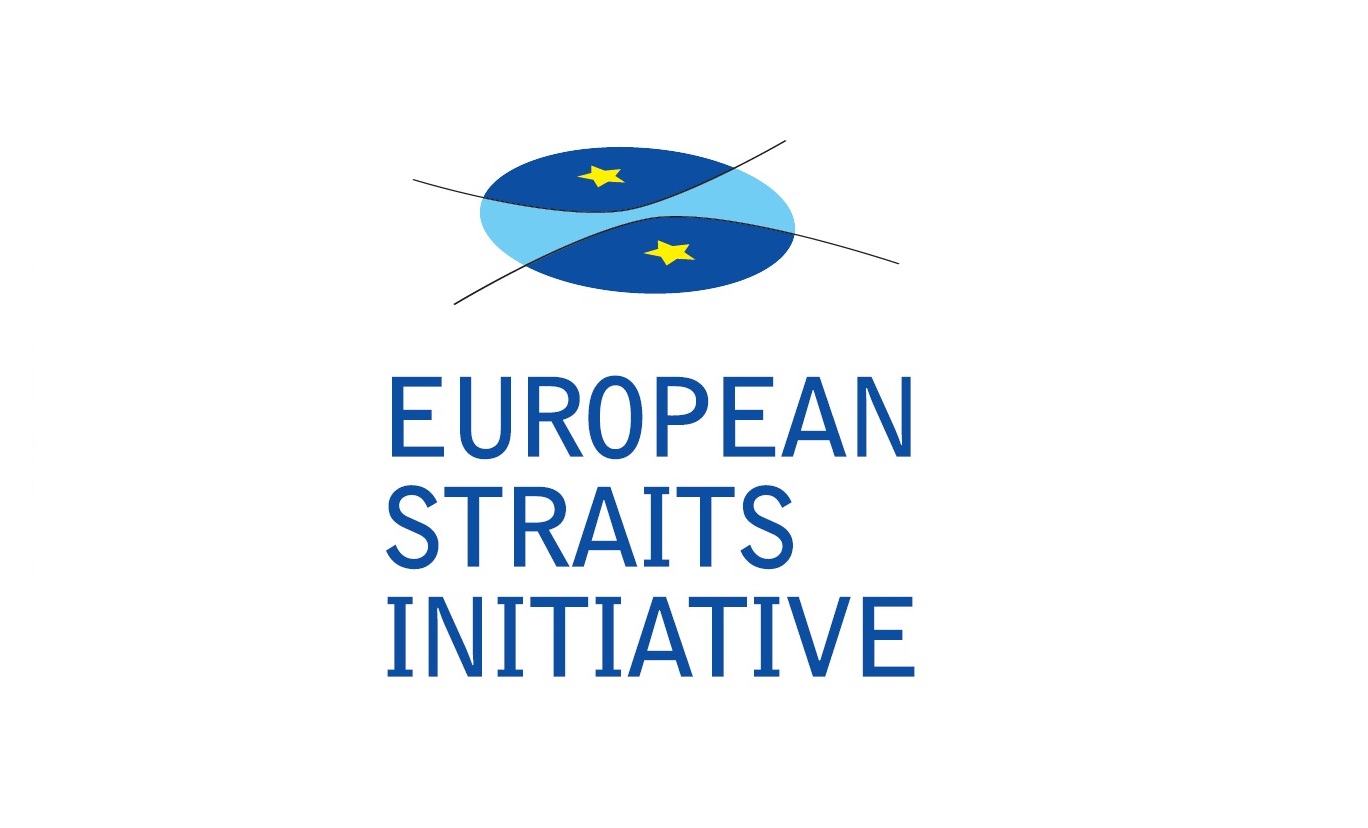Interview with Topi Haapanen, Director of Regional development at Posintra Ltd (Finland)
Picture: Jarmo Teinilä
Topi Haapanen, you are working for Posintra Ltd on a cross-border cooperation project called 30MILES, supported by INTERREG V A Central Baltic. Can you briefly explain what this project is about?
The basic idea of the 30MILES project is to develop small boat marinas within every 30 miles on the Eastern Gulf of Finland. The aim is to establish a ring of developed ports. We believe that the joint development of sustainable port services boosts up the business opportunities and that carefully studied cost-effective development protects the environment. Joint marketing actions also increases the awareness of new services.
Sailing is a zero-emission transportation mode but also a nice way for tourists to discover new areas and contribute to local development. In your opinion, why is it interesting to bet on the development of sailing? How can it contribute to increase the attractiveness of the Finnish coast and, more globally, of the Gulf of Finland?
Network of small ports forms a chain of service and safety bases for sailors. Marinas itself can been seen as vibrant service points for different target groups. Development of a small port or marina is a self-feeding system: pure and rich natural environment affords memorable experiences. Boaters value high the nature and the ecosystem services that they use, and want to use them also in the future. On the other hand port-users appreciate good services and activities. Lively port and coastal tourism activities inevitably load the nature to some extent, but the magnitude of stress caused can be reduced by planning. The investments that foster the good condition of environment also have the potential to bring more clients.
One of the very interesting approaches of 30MILES project is the involvement of hobbyist sailors in the development of new port infrastructures. Can you explain how you involve them and what are the long-term benefits of their involvement for the development of sailing?
One concrete measure of the 30MILES project was to create a business concept for four marinas. The boaters participating to the development work represented, with their backgrounds, a wide range of competence. The work brought together new people and new competence on the basis of a shared hobby of the participants. This surprising competence and new networks were combined in alignment with the goals of the project. The practice strengthened multidirectional communication on the measures of the project. My message is: don’t underestimate the roles, competence, and networks of hobbyists in development works. Don’t over-plan but leave room for surprises. What is most important - don’t let the hobbyists down, they are “developing their free time”.

What is the benefit of working at cross-border level on such topic?
Cross-border cooperation is essential in 30MILES project. If you want to establish a network of ports you cannot do that alone. 30MILES partners both sides of the Gulf of Finland are the most essential players. In cross-border cooperation all knowledge and experience is shared. Cross-border cooperation also opens the doors to new markets.
Do you think a similar approach to marinas’ development as a factor for low-carbon attractiveness can be implemented in other maritime border regions? What would you advice to the local authorities?
I like to encourage all the planning experts to take a moment to look around for 360 degrees to check if there can be found new people, new ideas and new surprising stakeholders who can benefit the addressed goal. I’d like also to remind that the initial investment for the environmentally friendly solutions may be higher but the savings will be gained in the long run. Concentration of various services into the marinas – which are located inside the cities – reduces transportation emissions and the marinas can be seen as service stations and traffic nodes. On the other hand, when you build in a demanding environment – like on the island – the construction requires wise use of resources. For example in Kelnase, the thermal energy utilized from the sea reduces the need for other energy. These are just some examples which may give new ideas when developing the low-carbon and sustainable future.
Thank you!
To know more about 30MILES:


